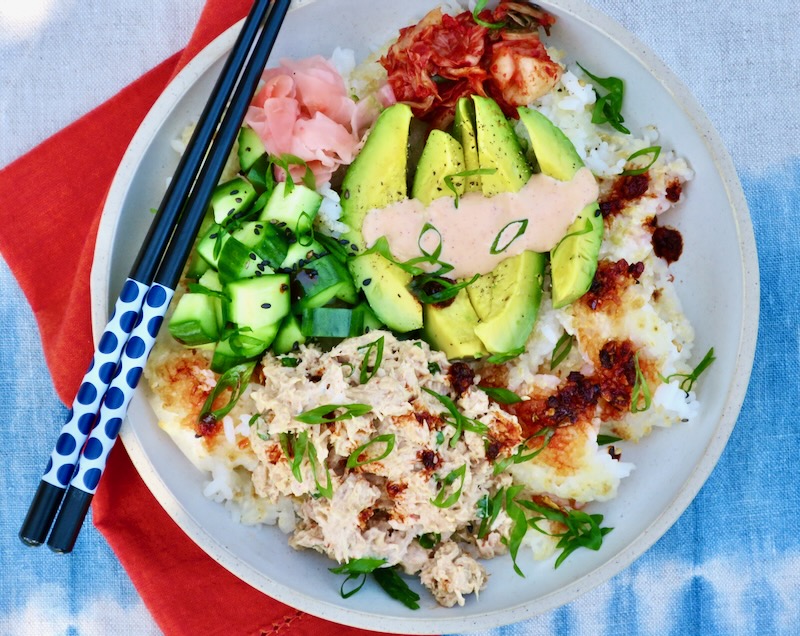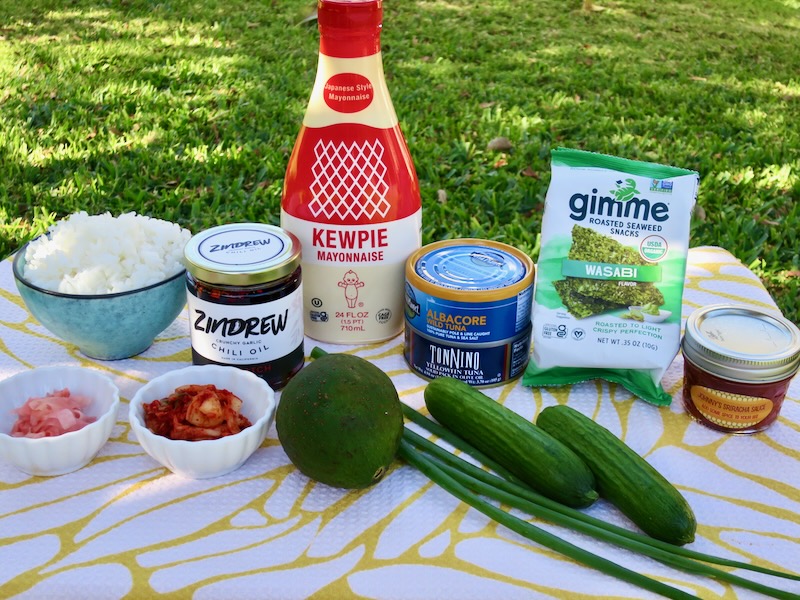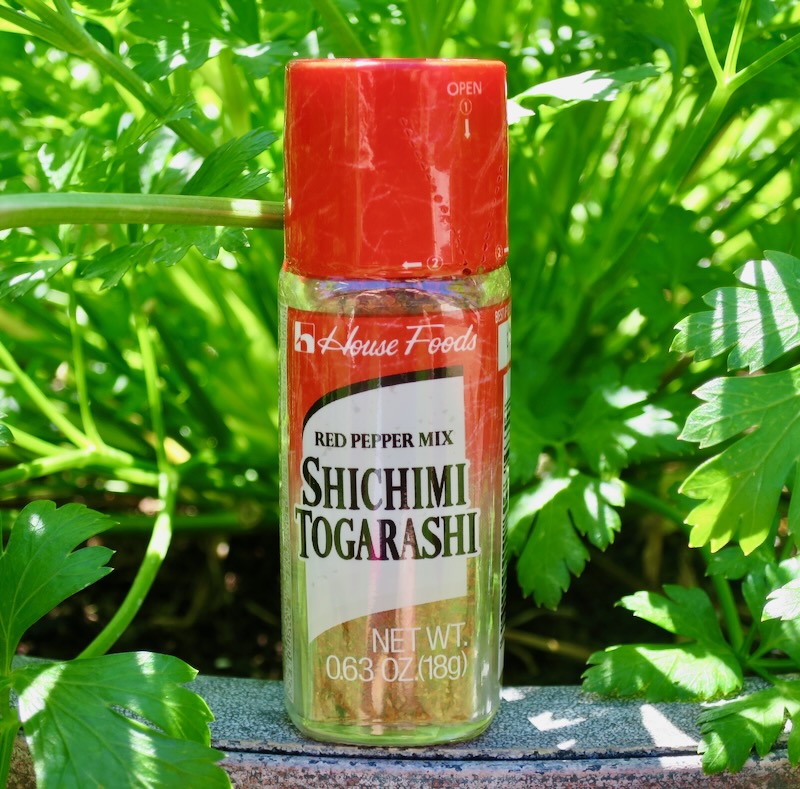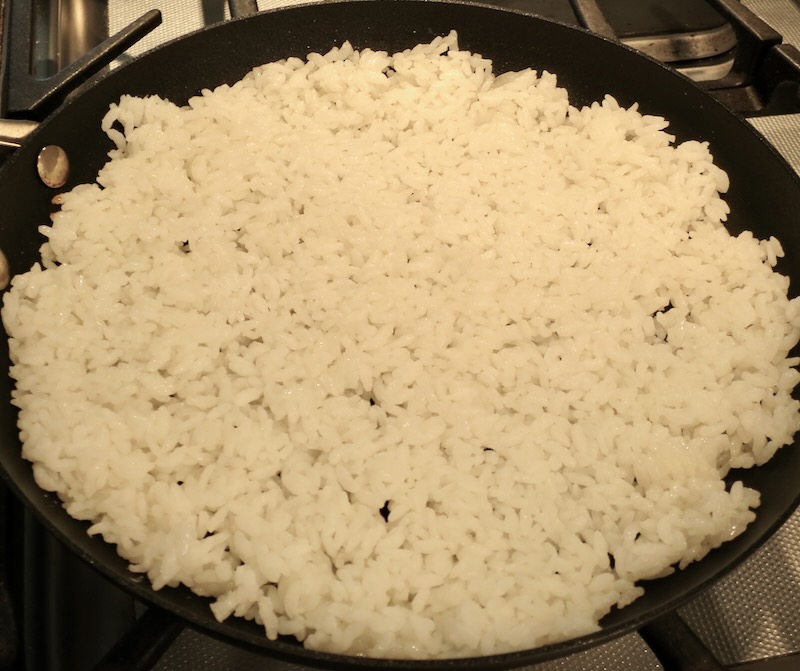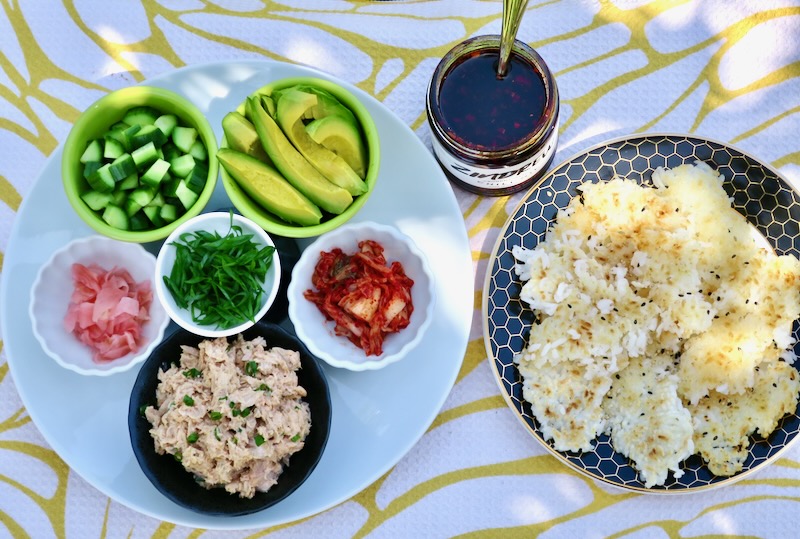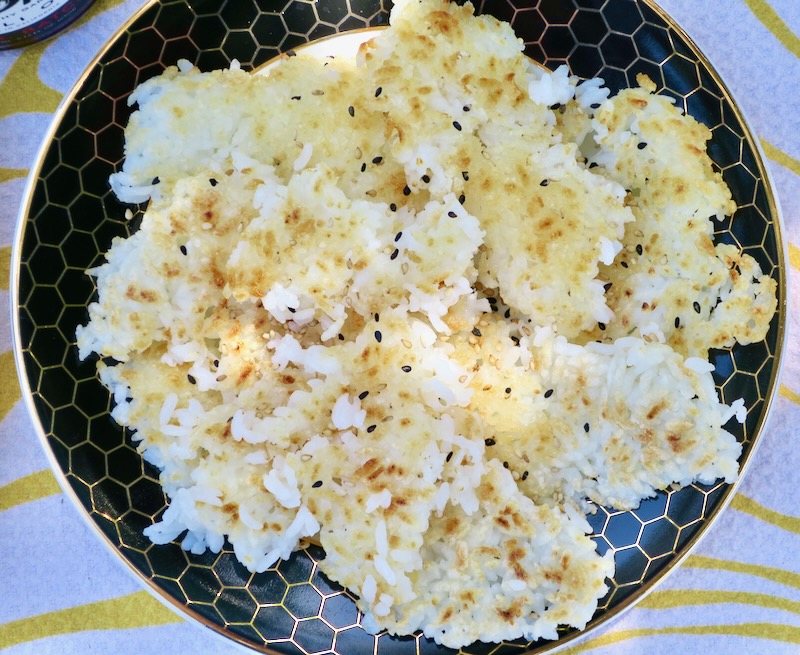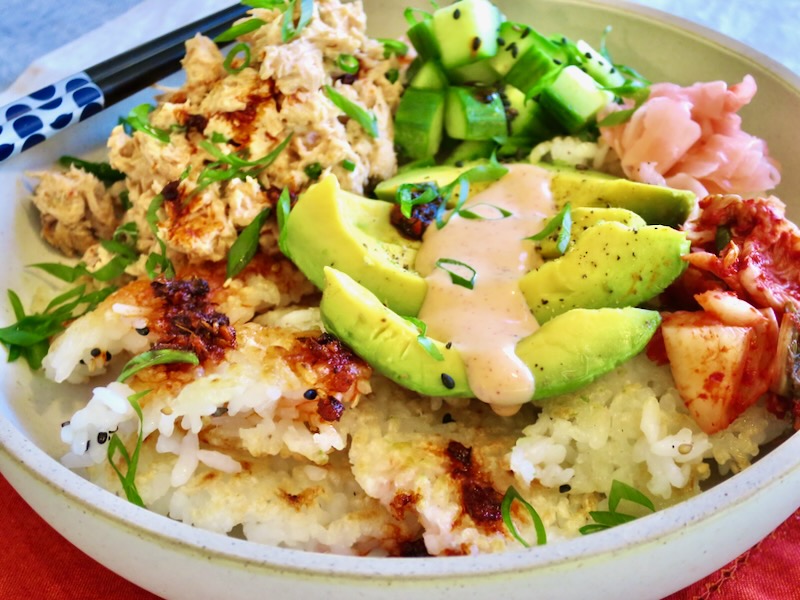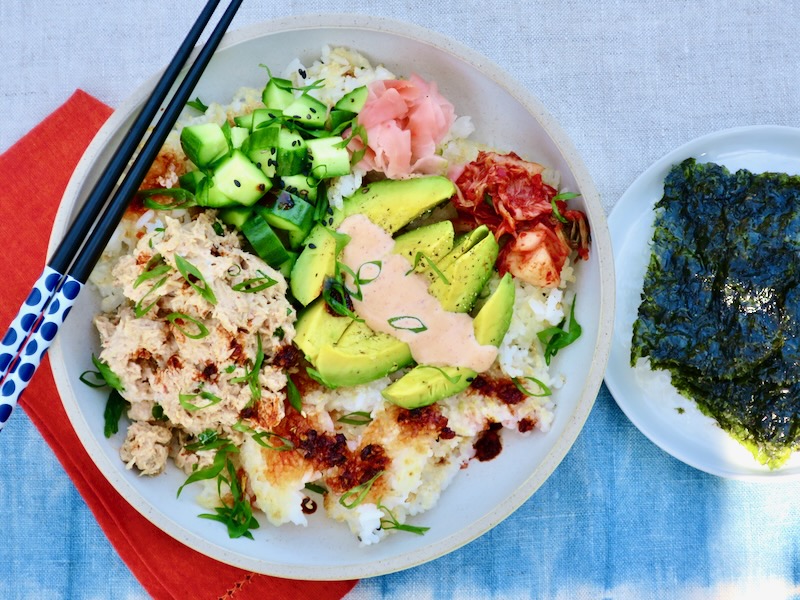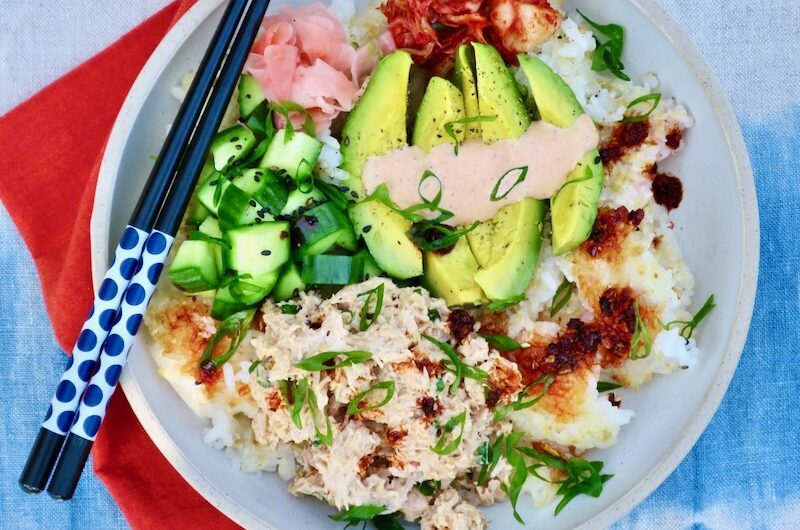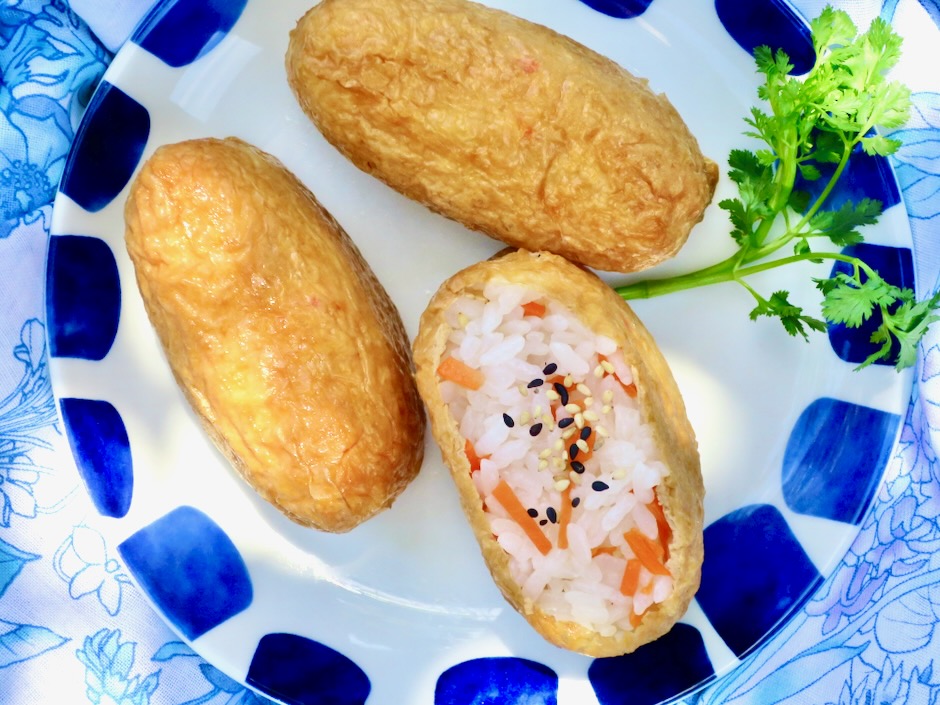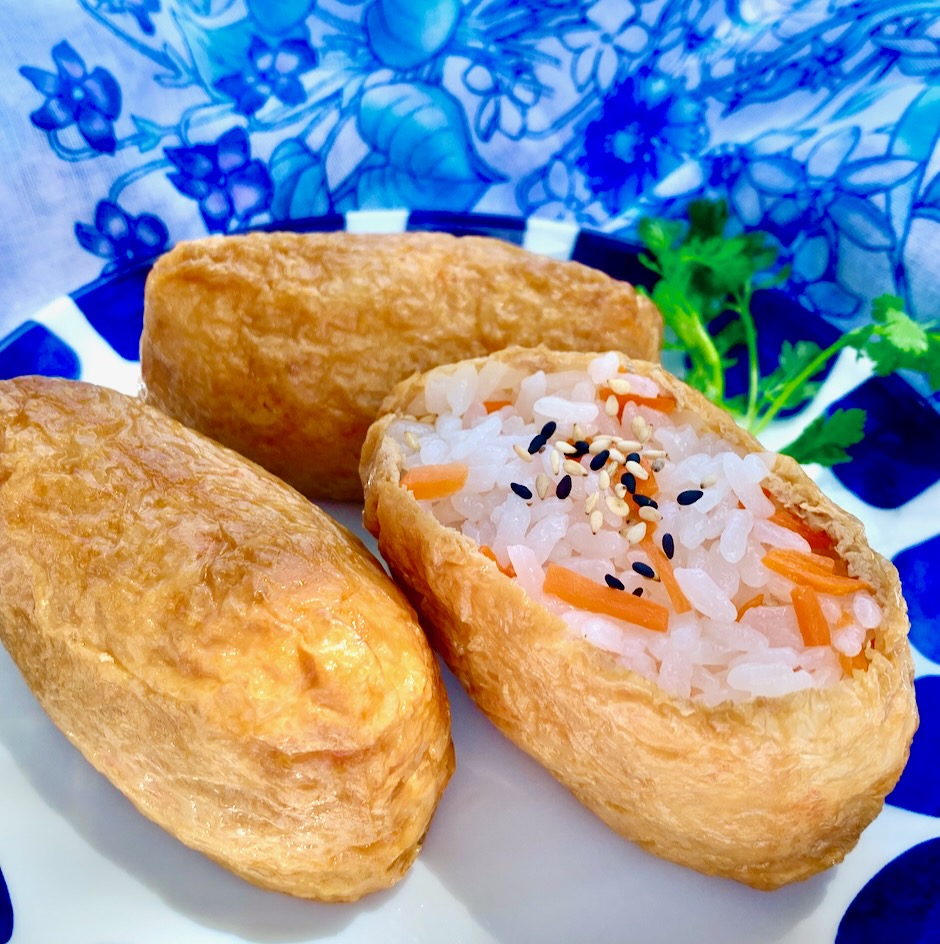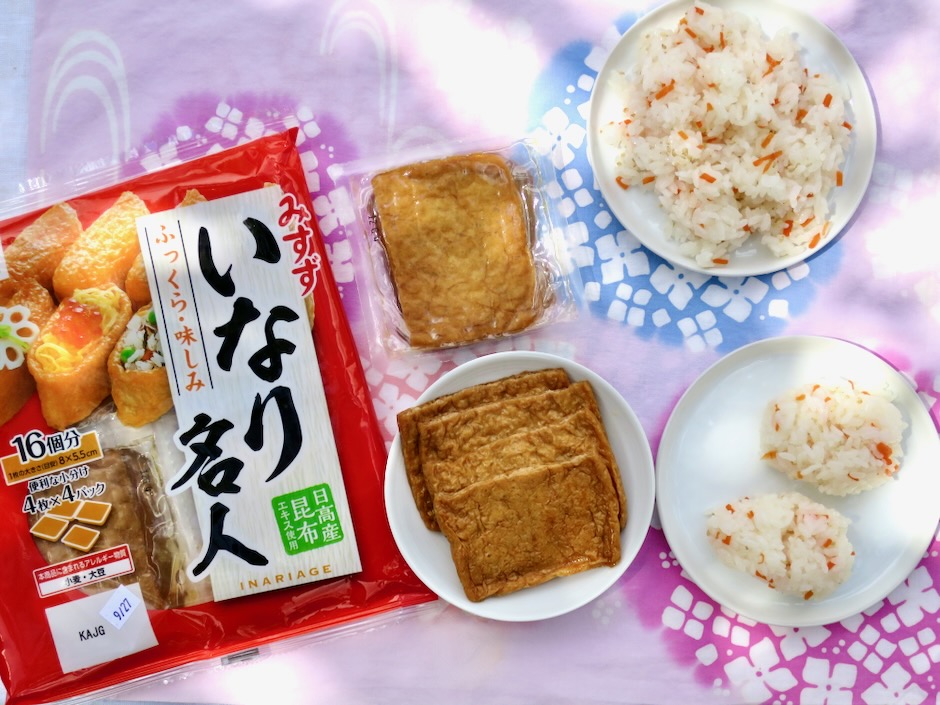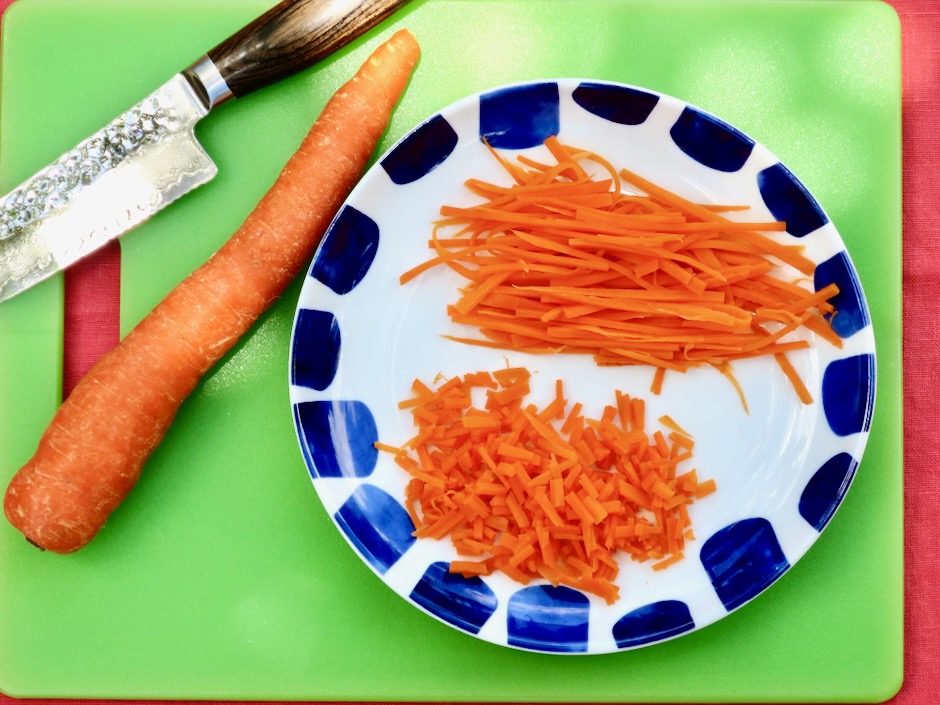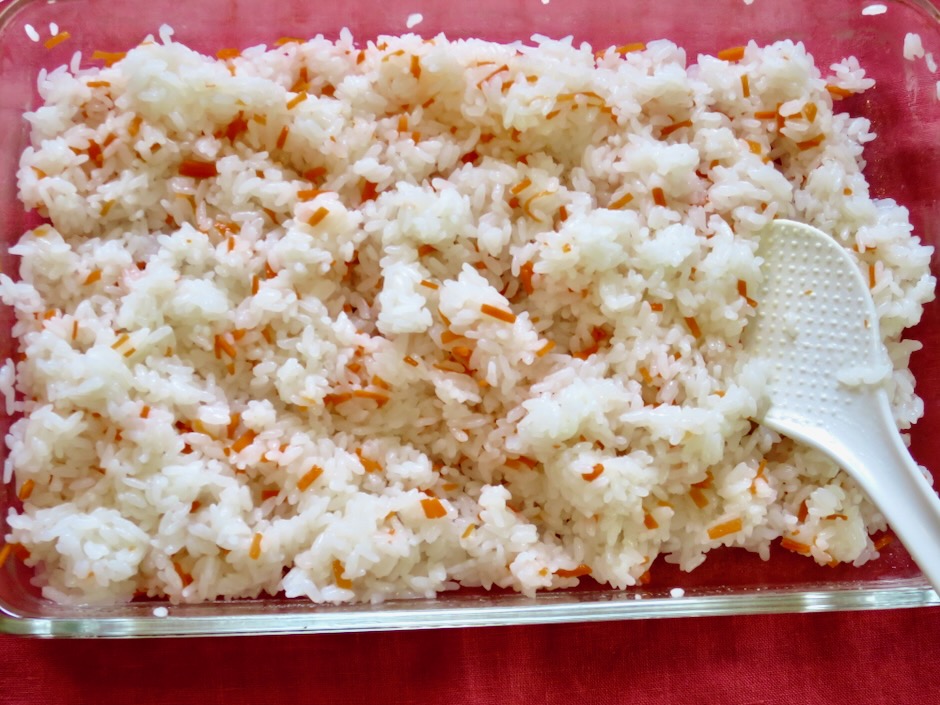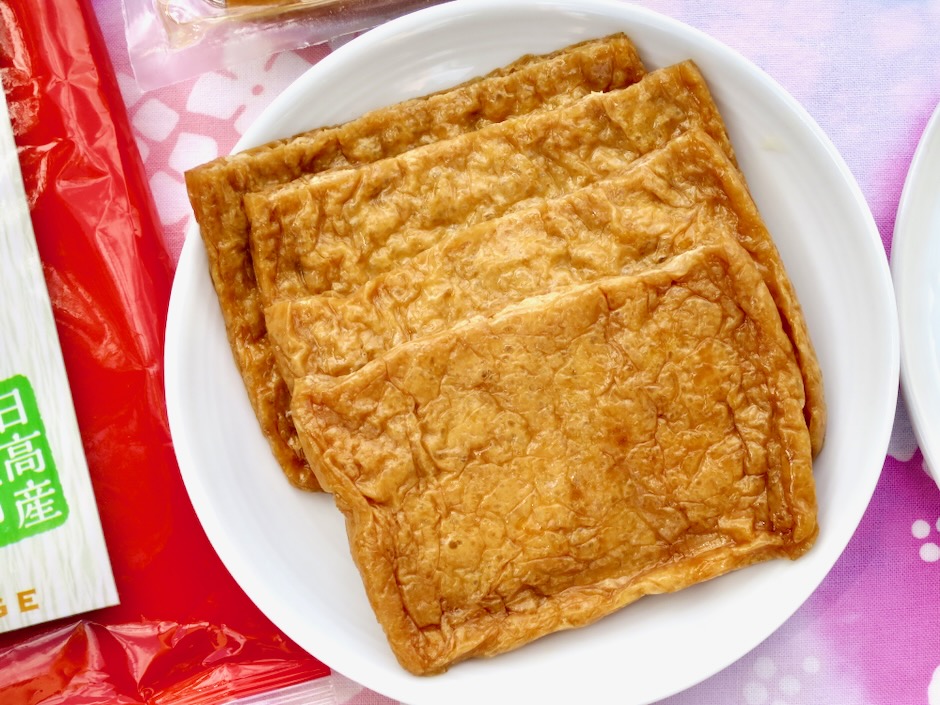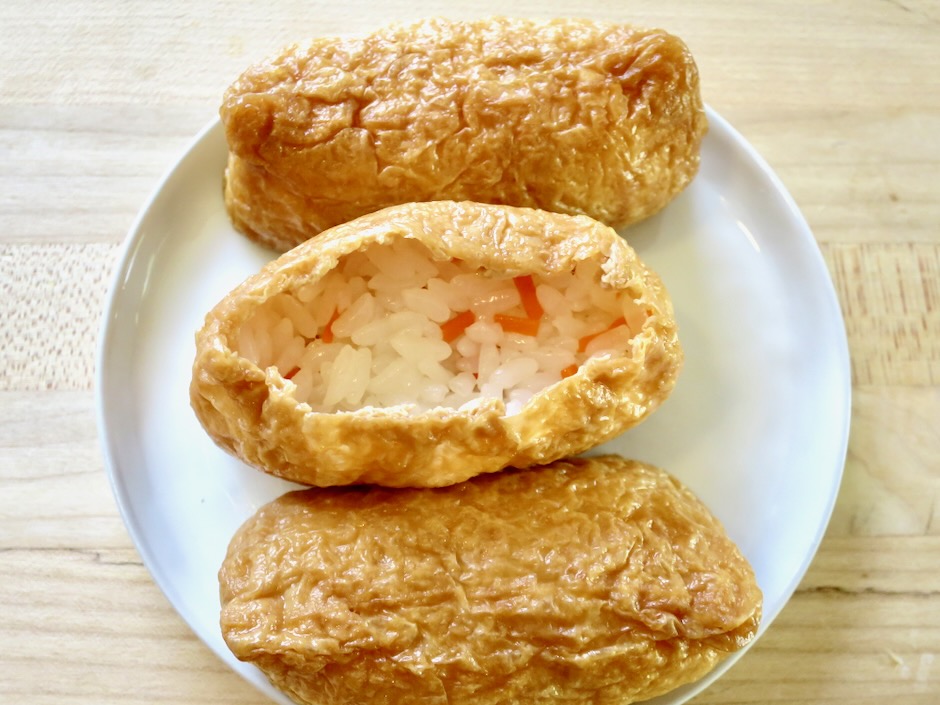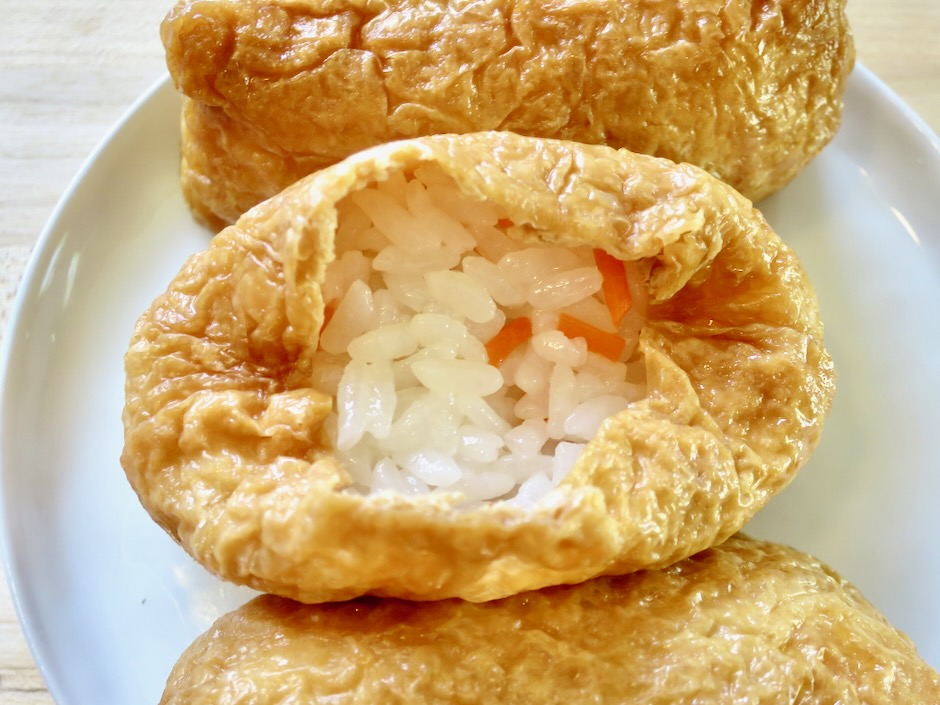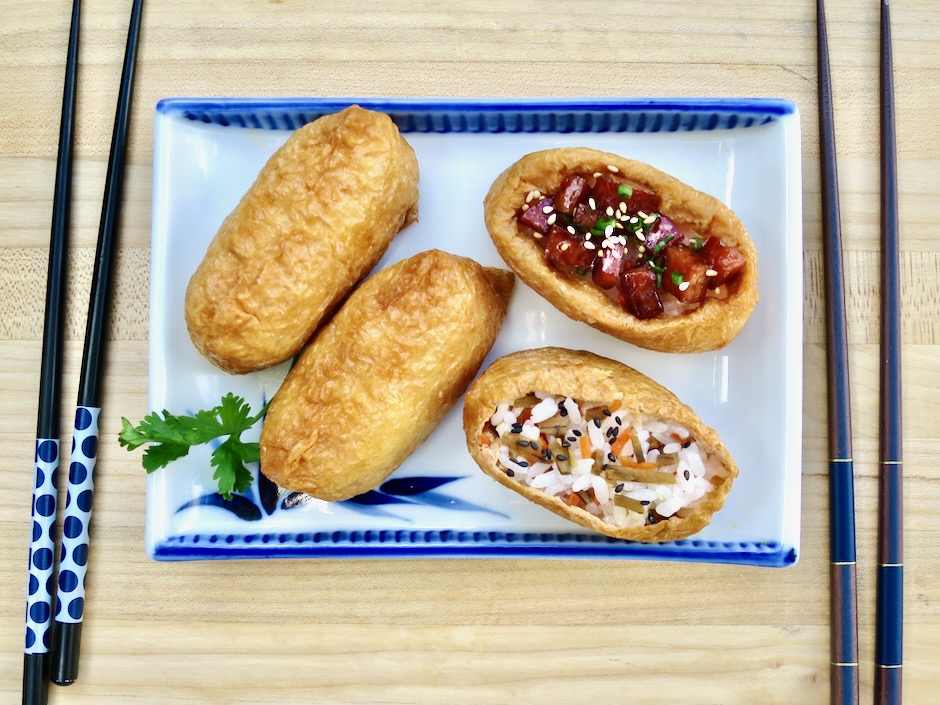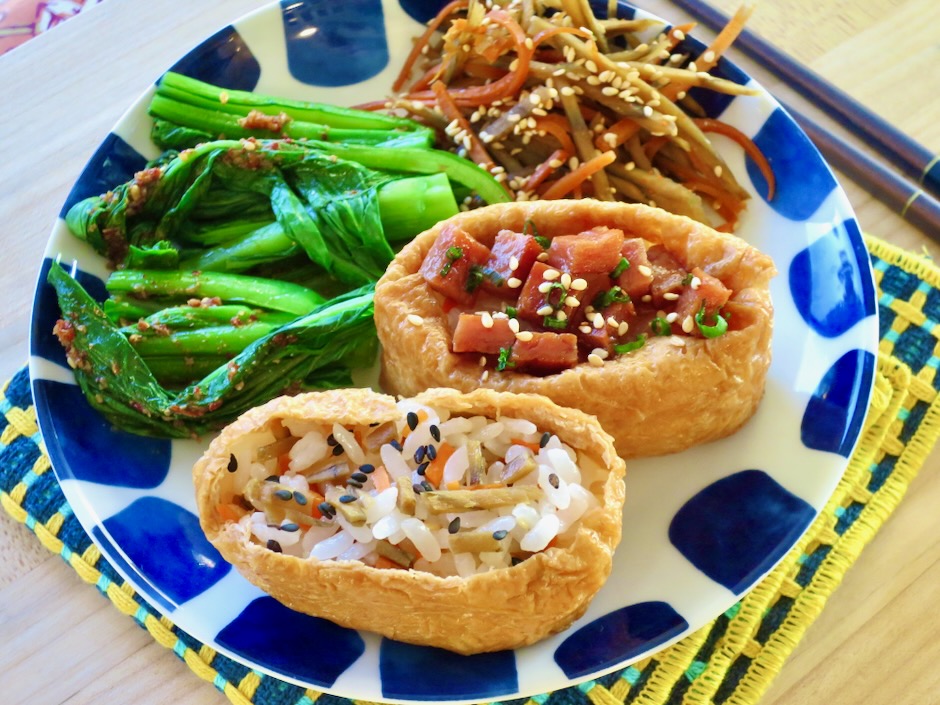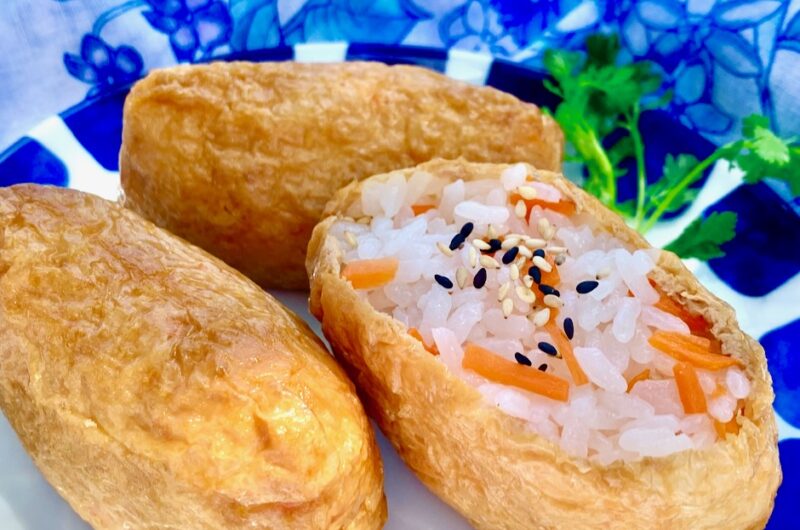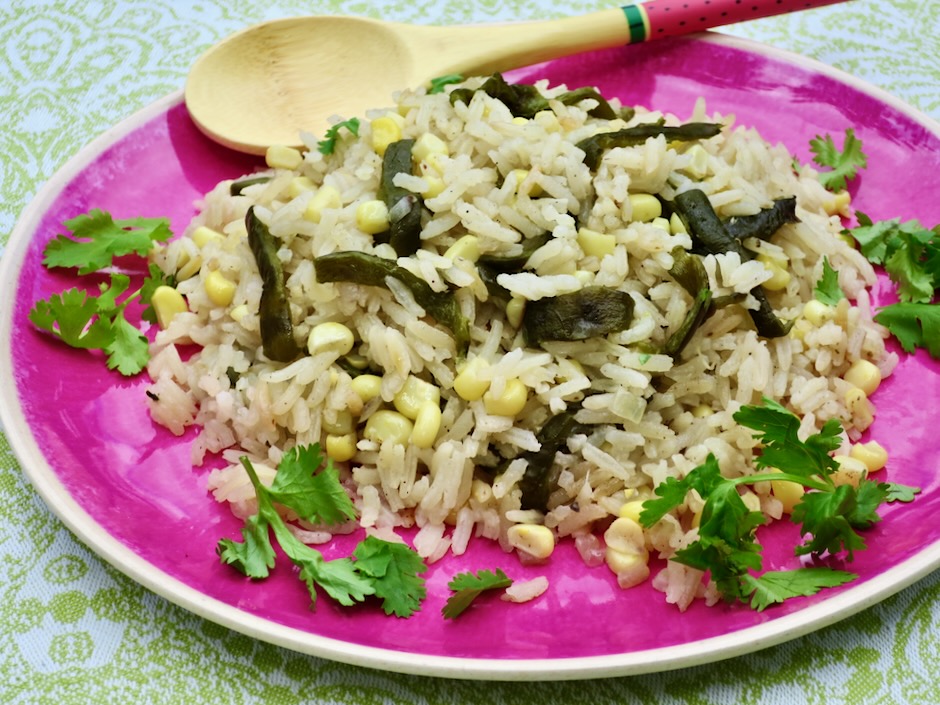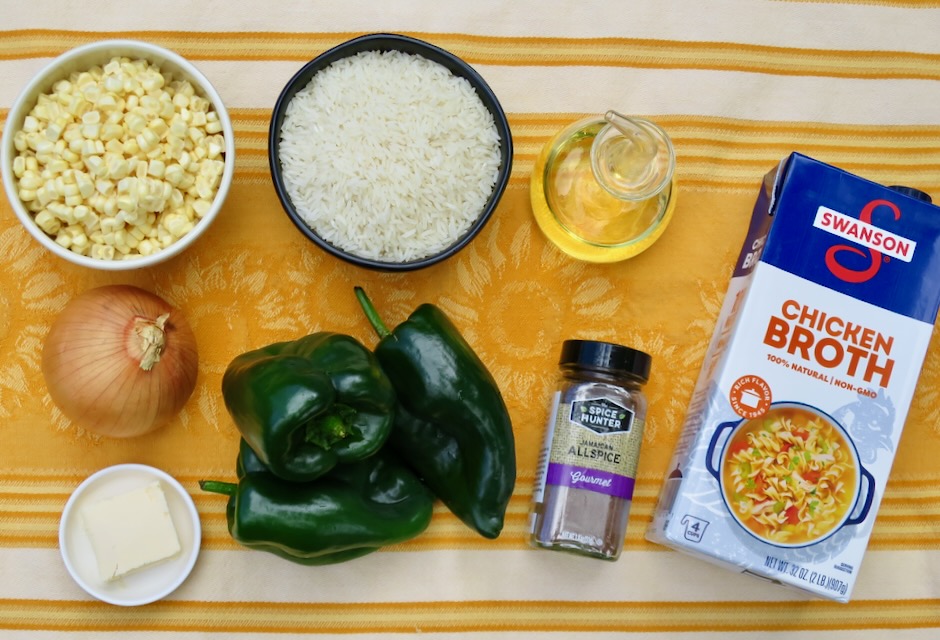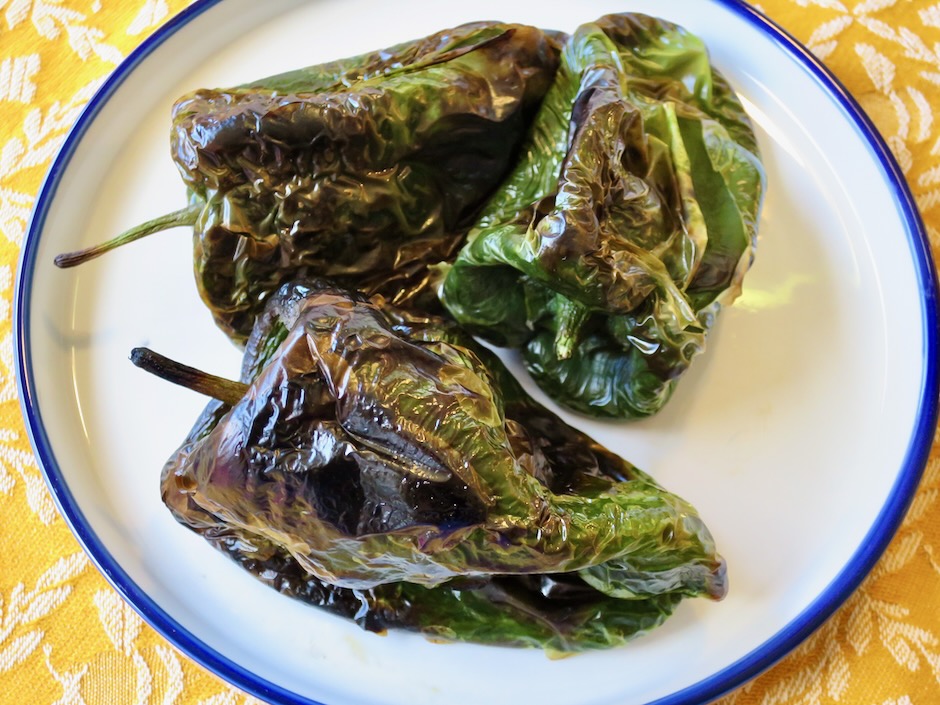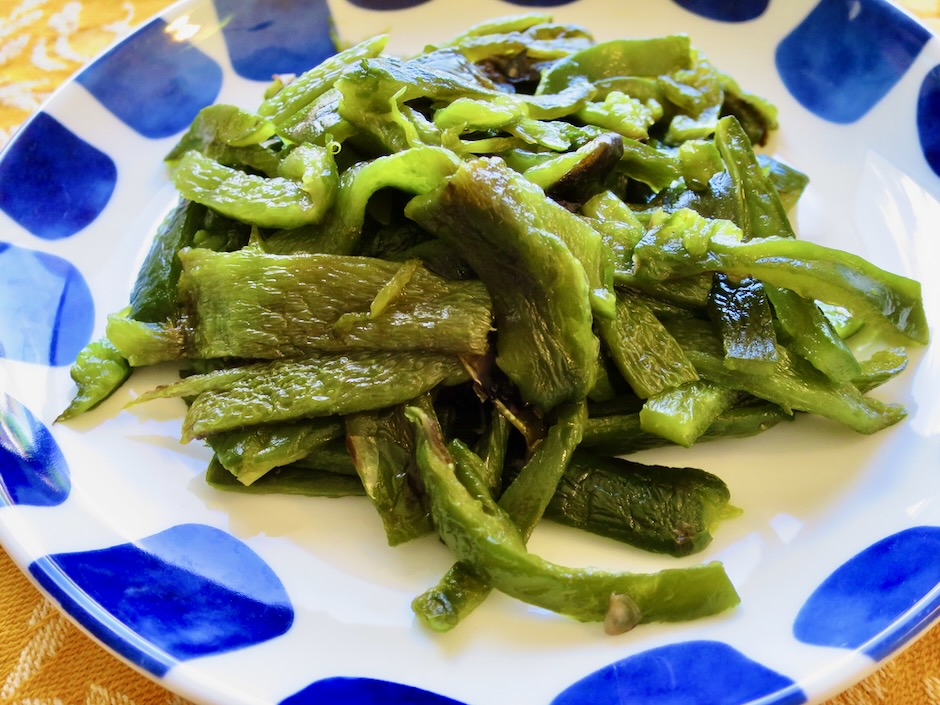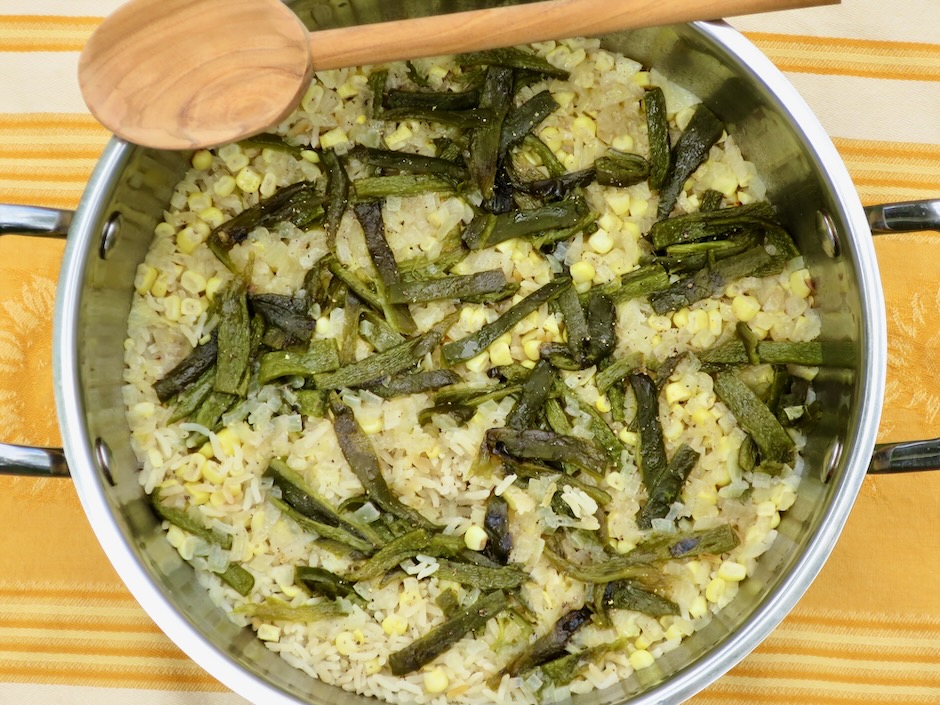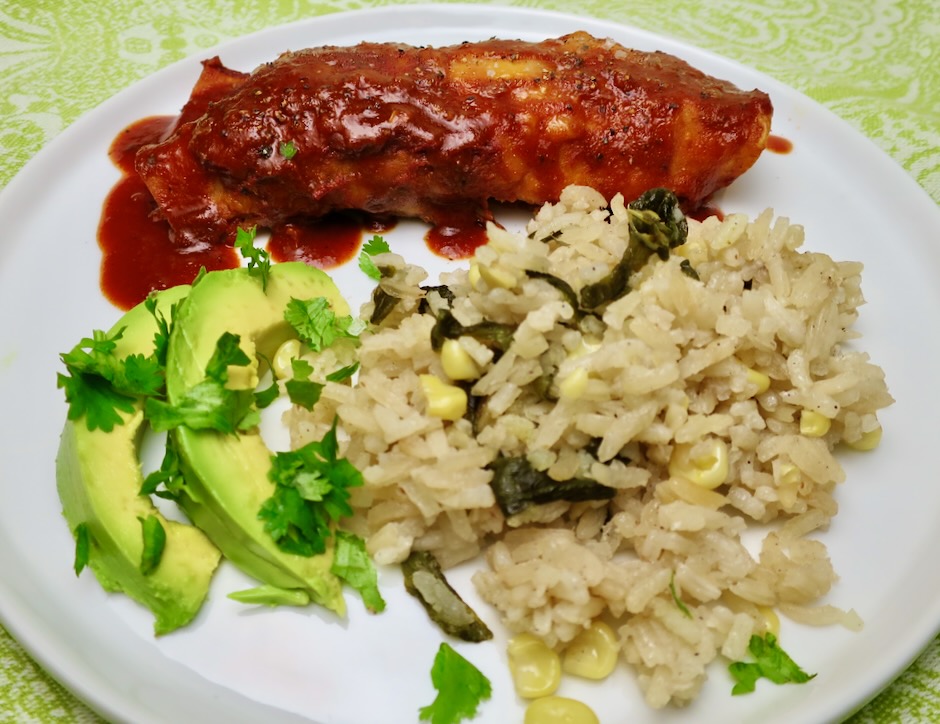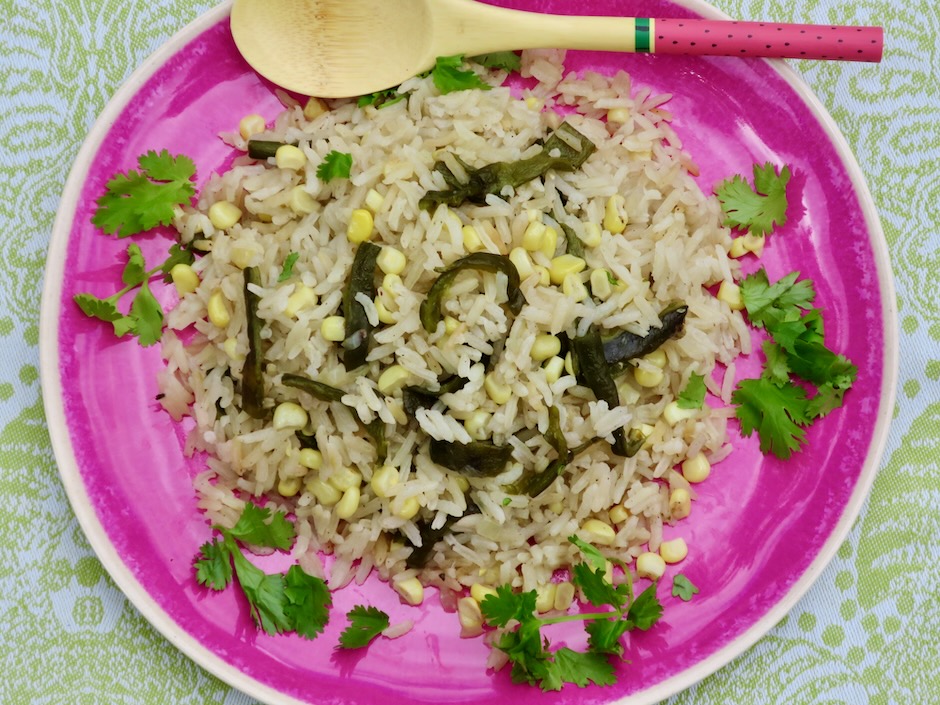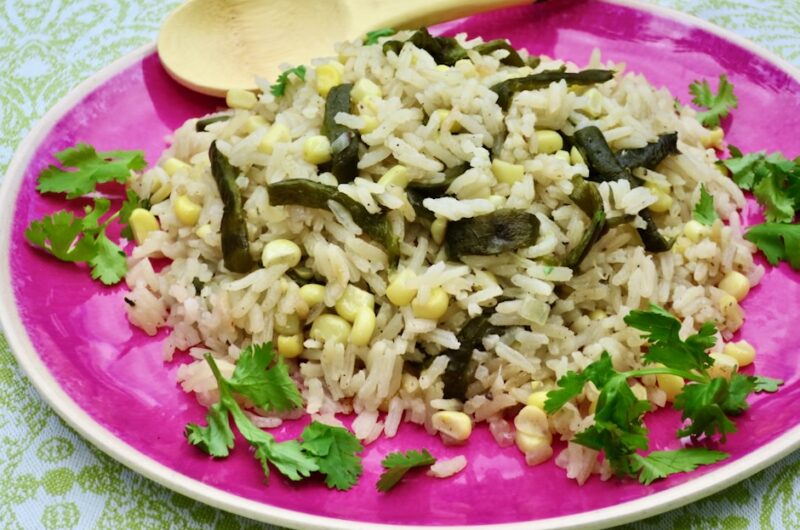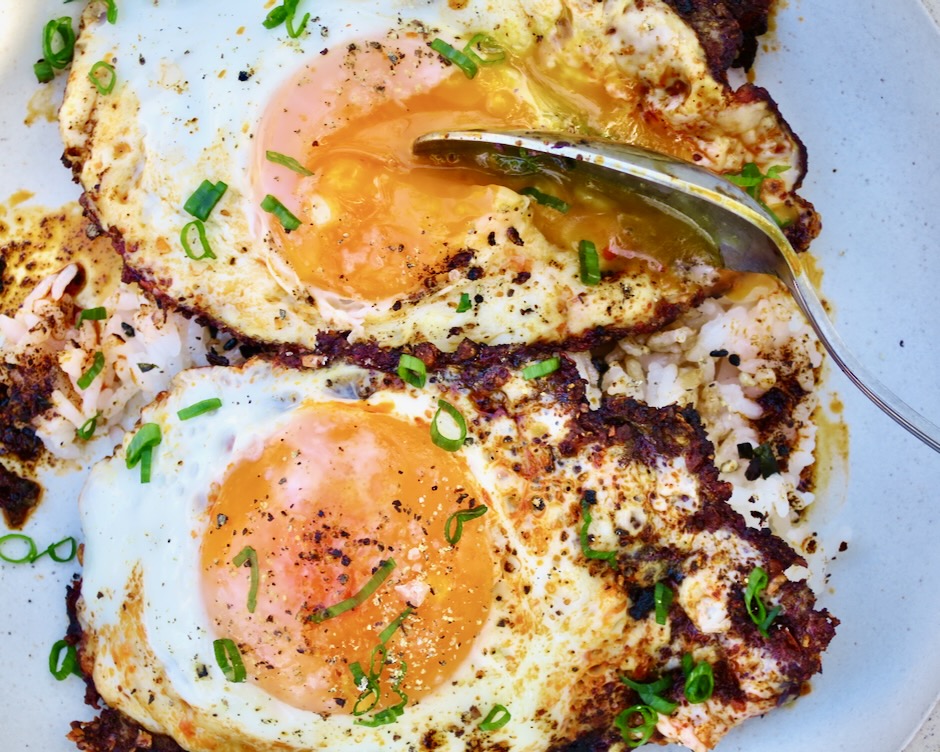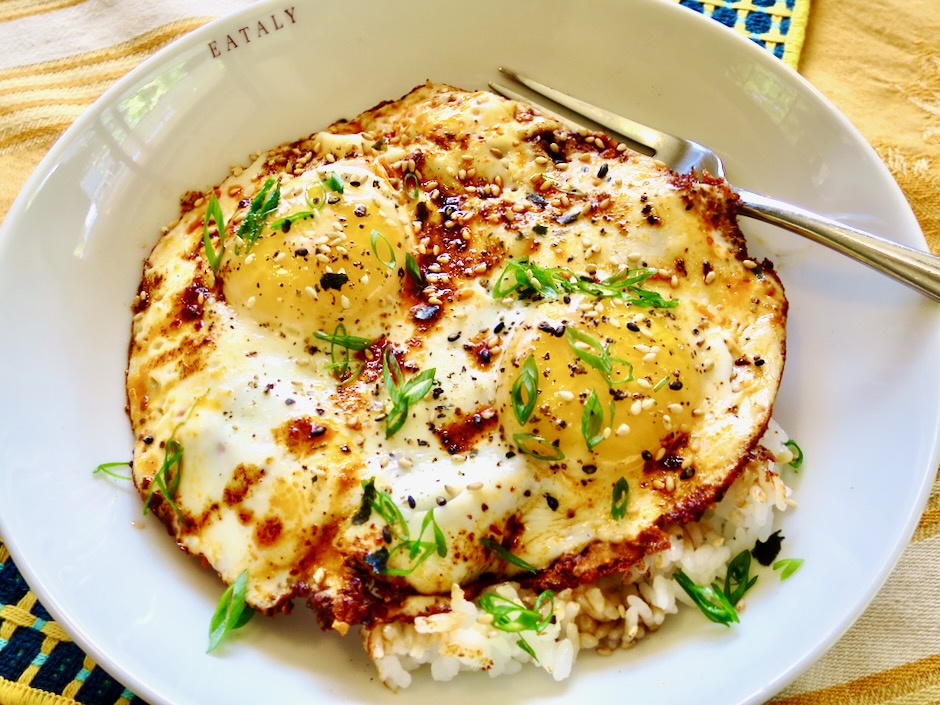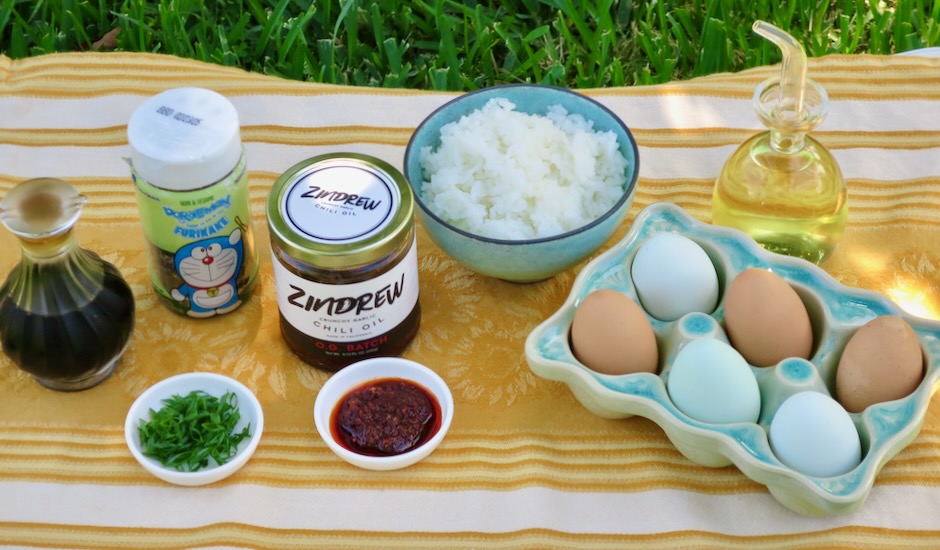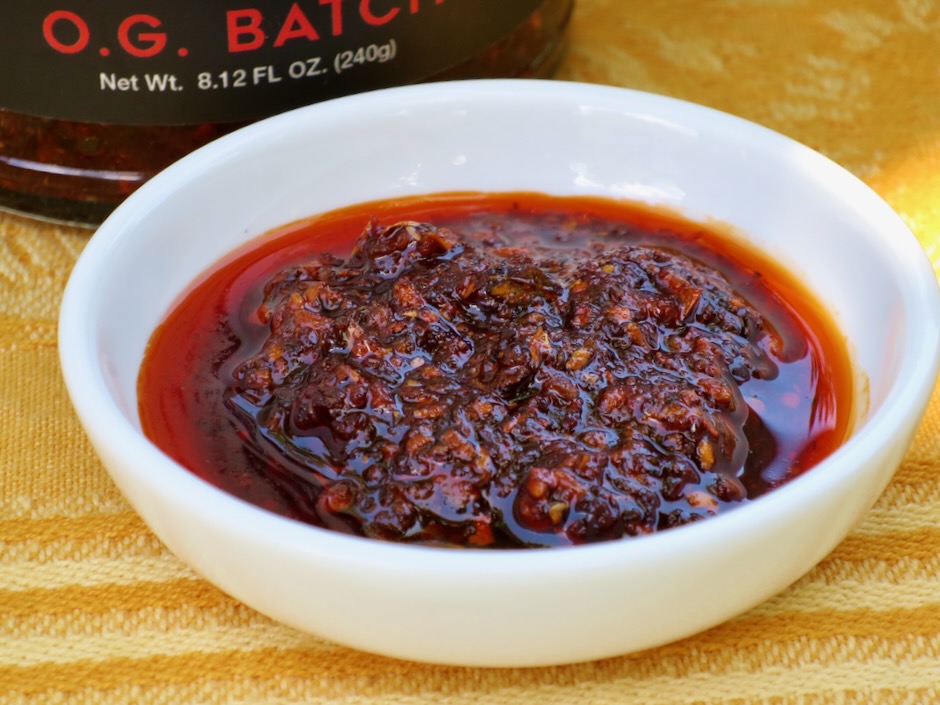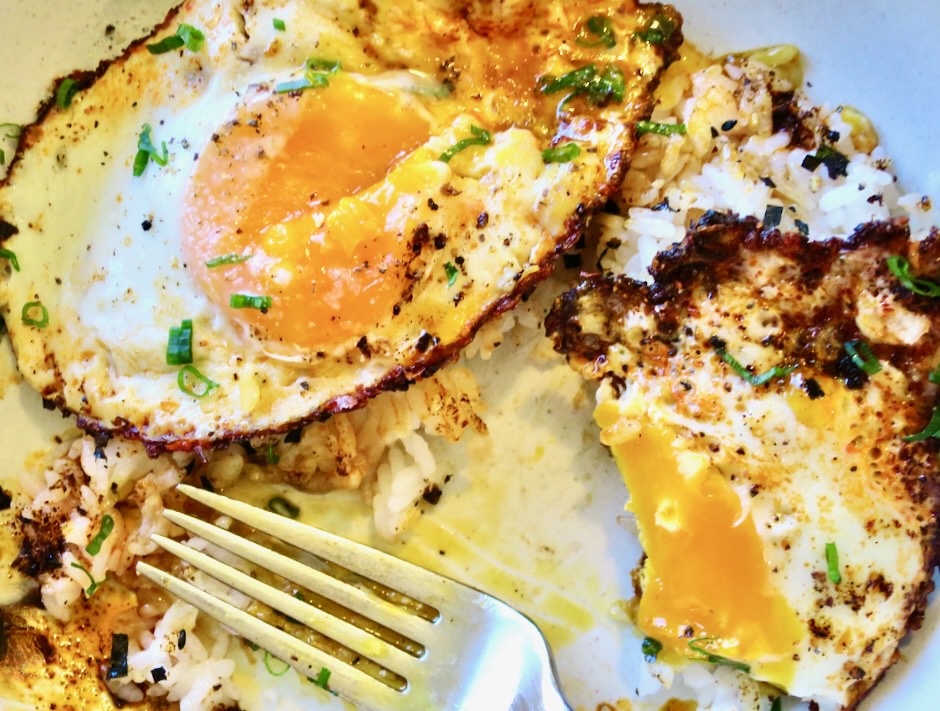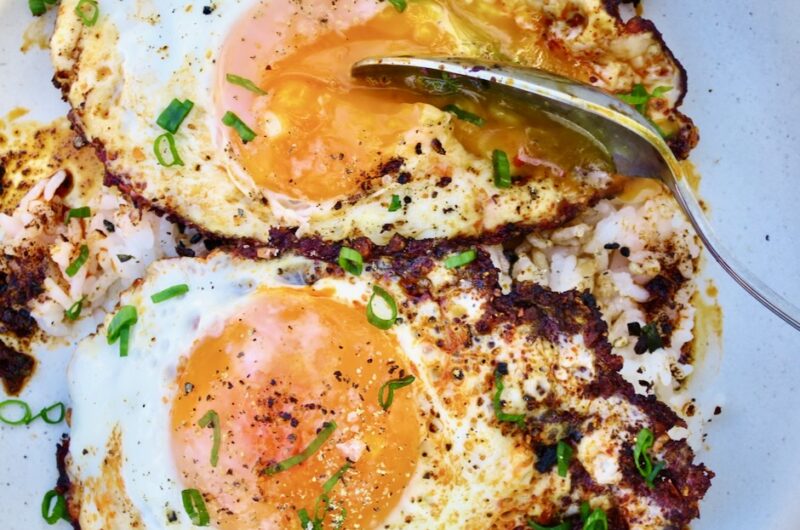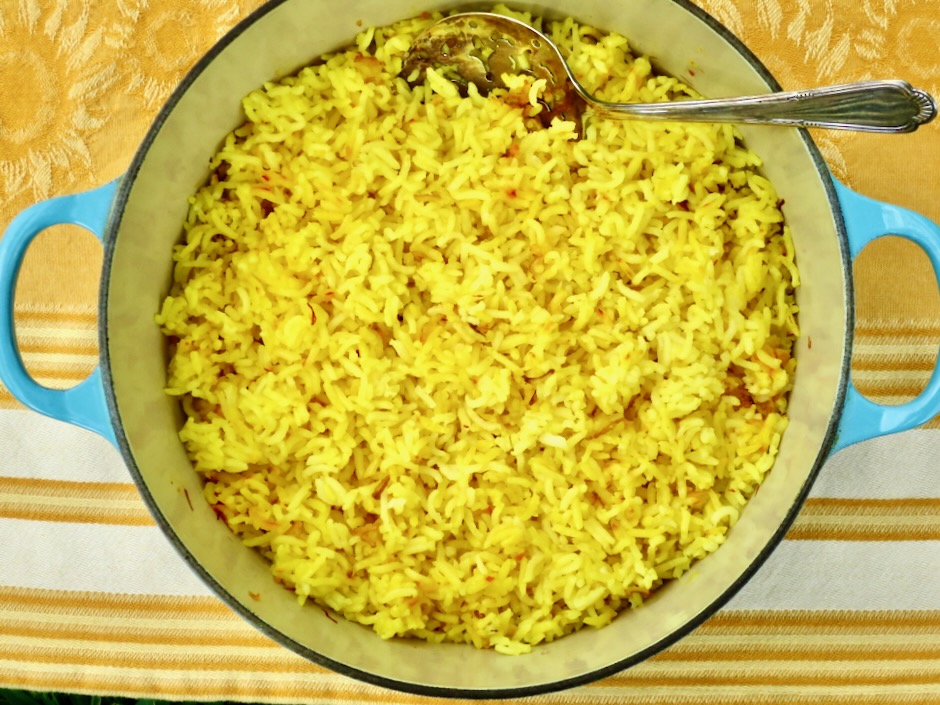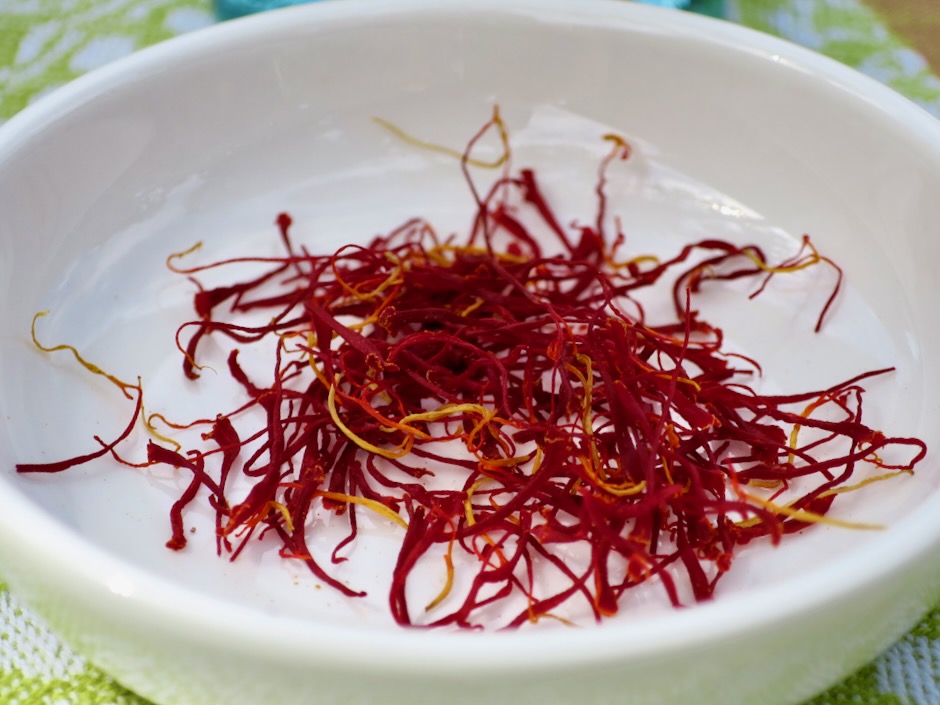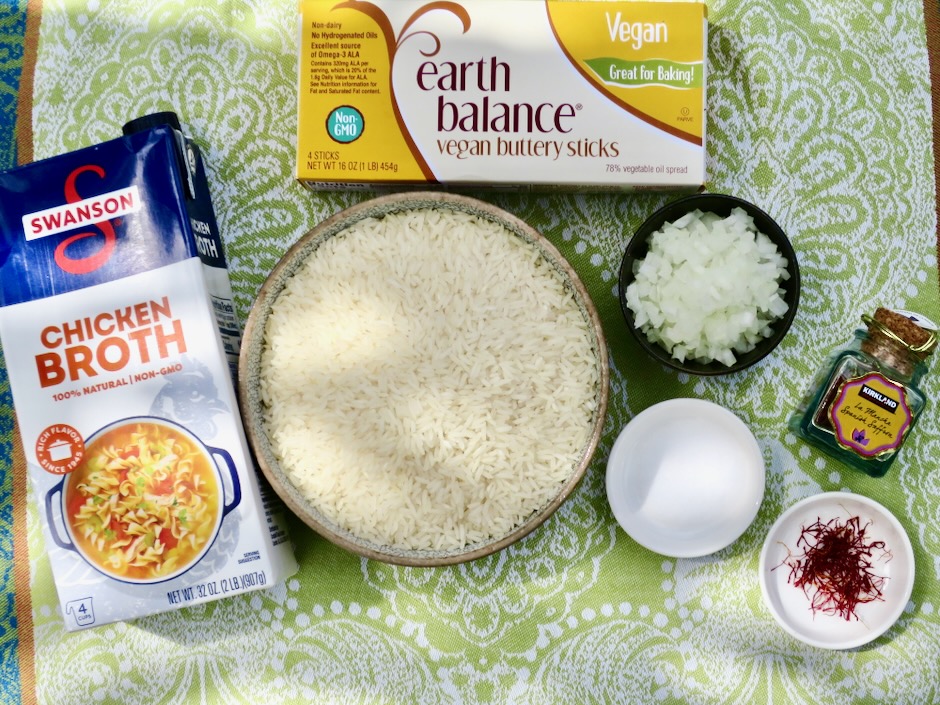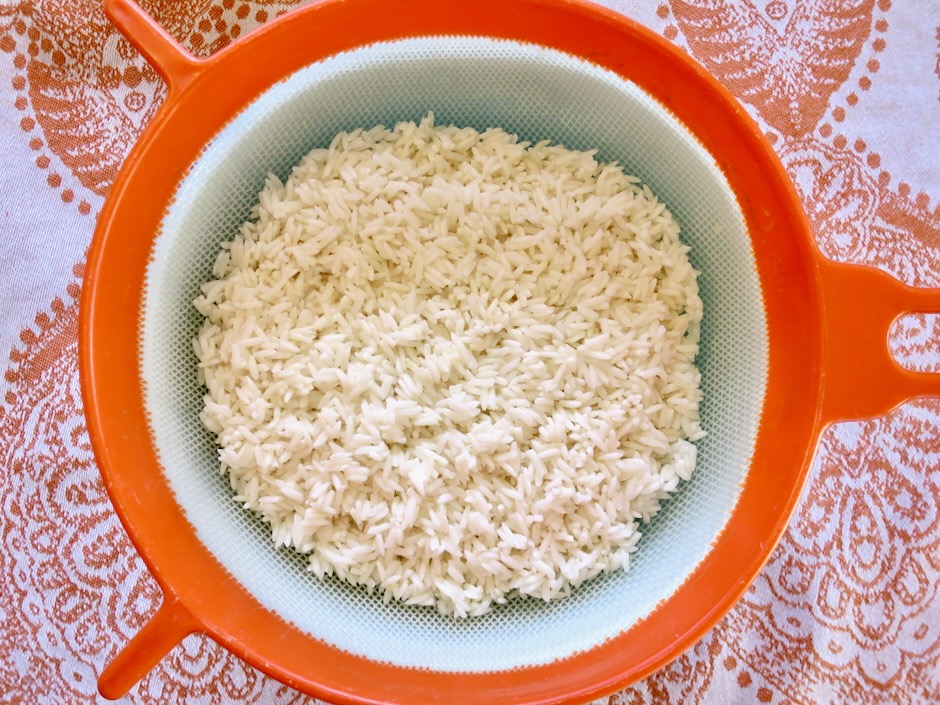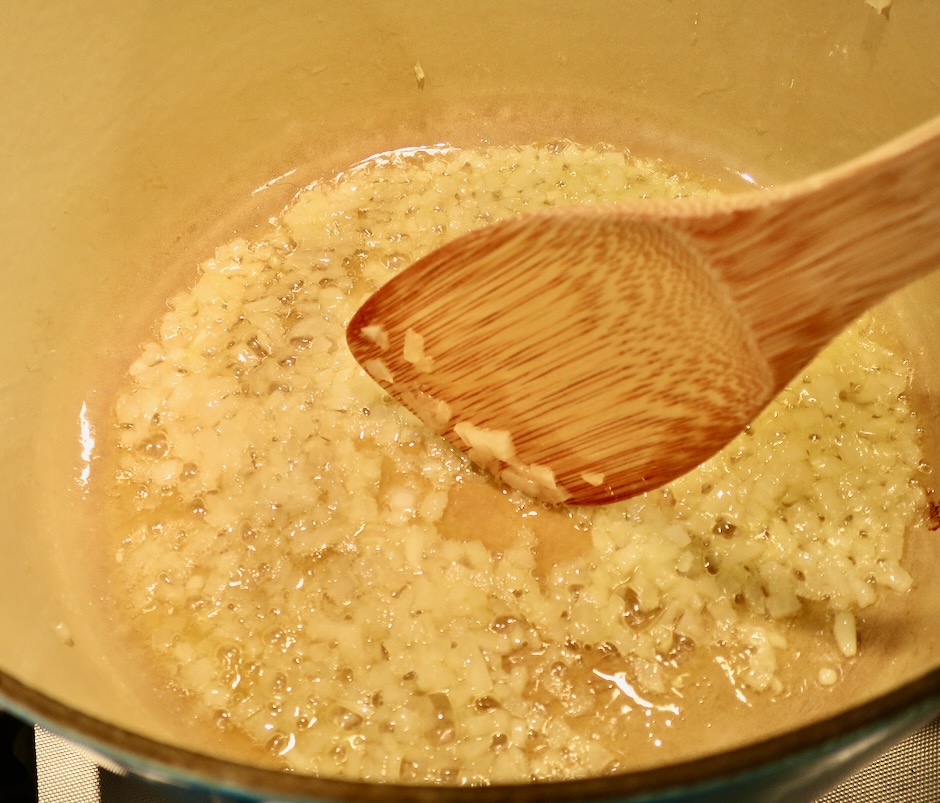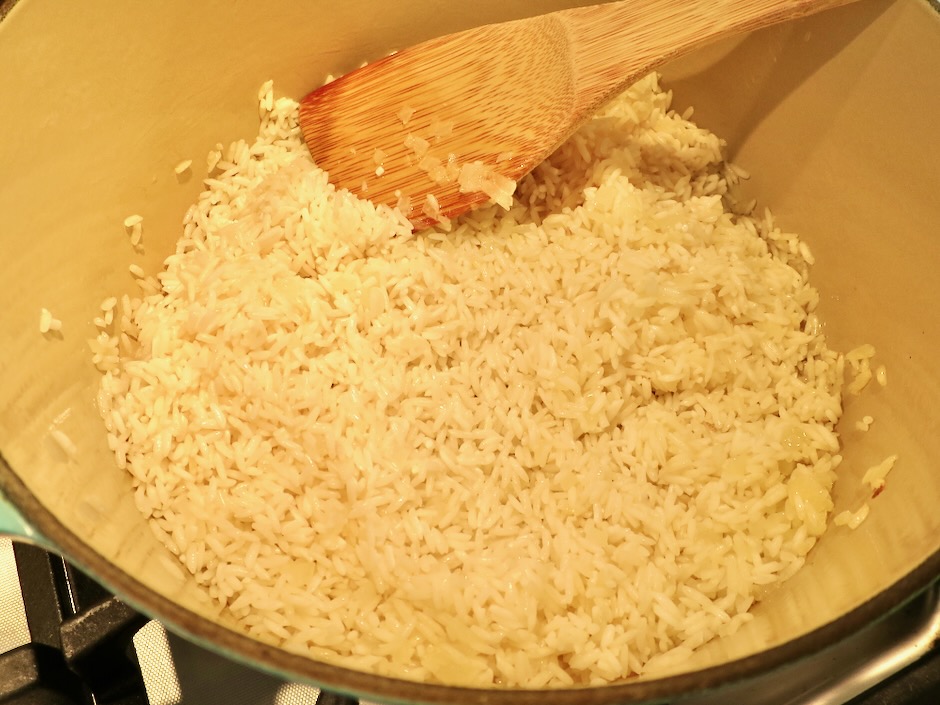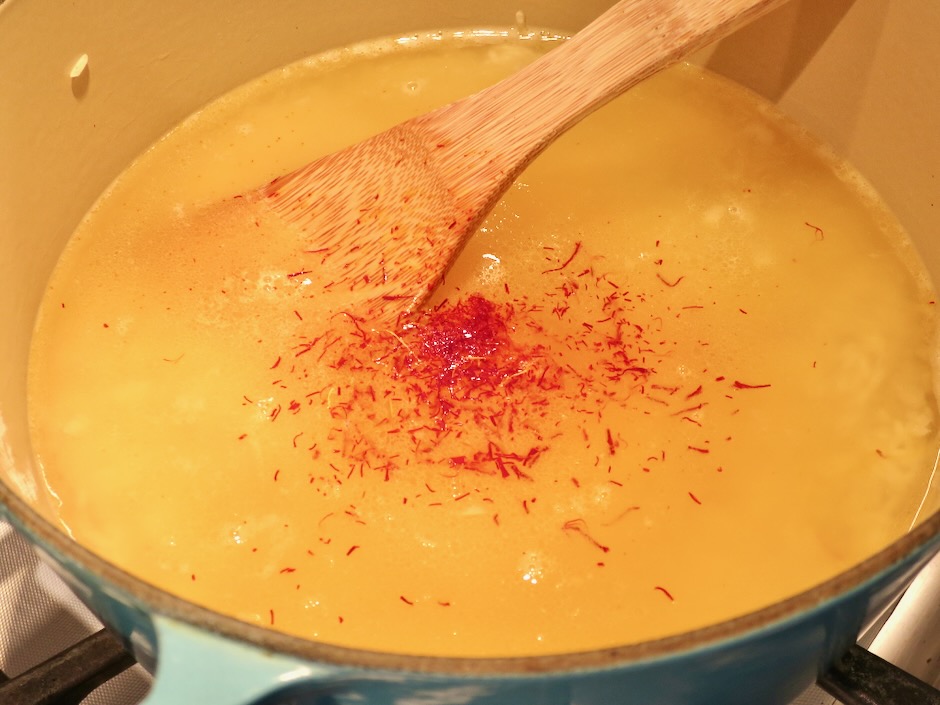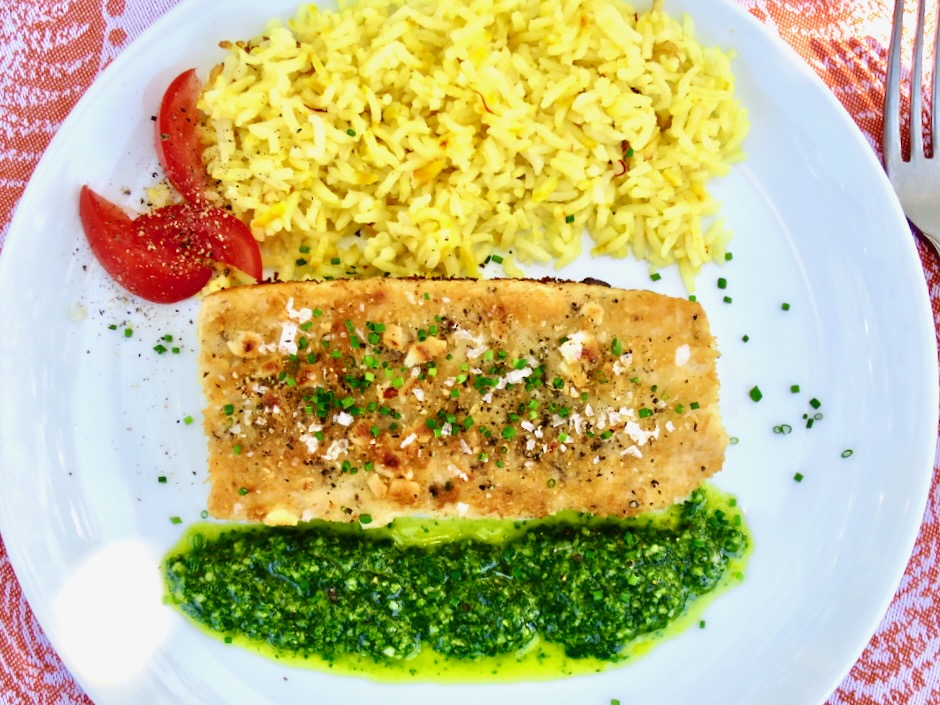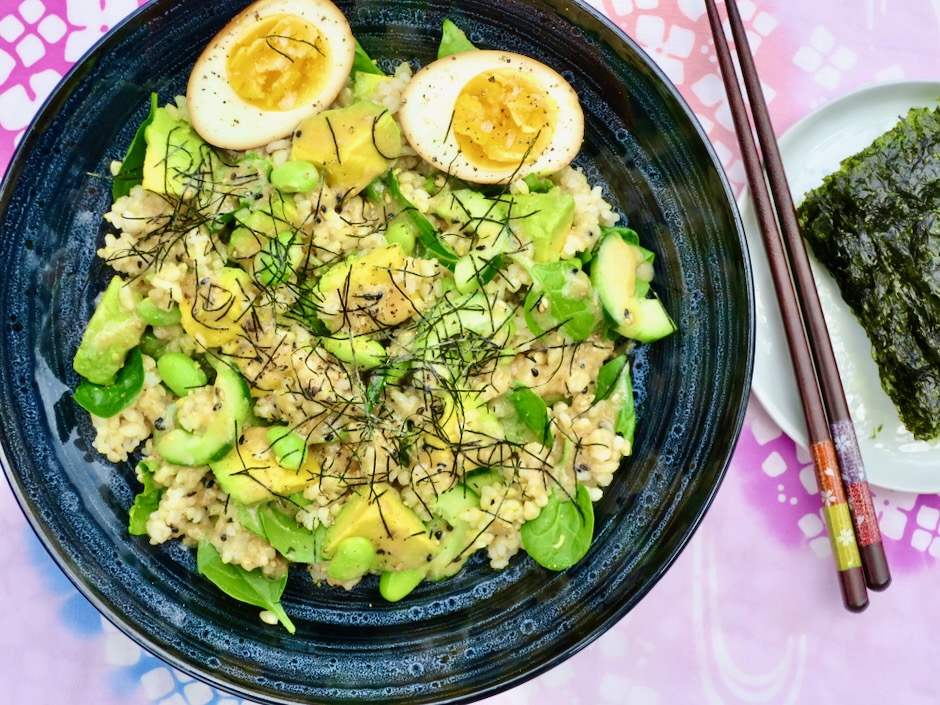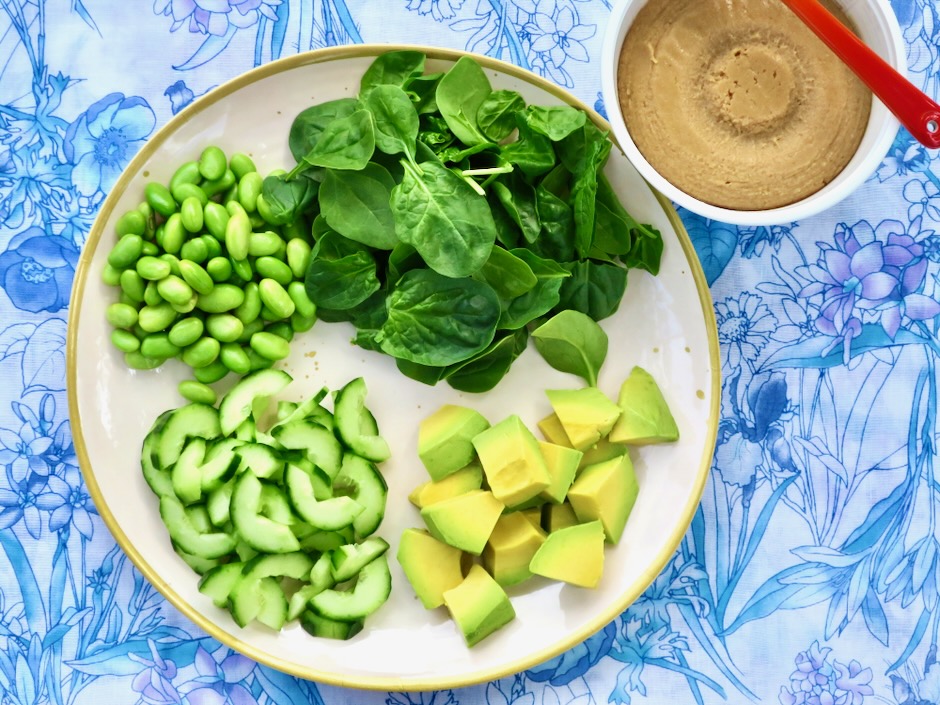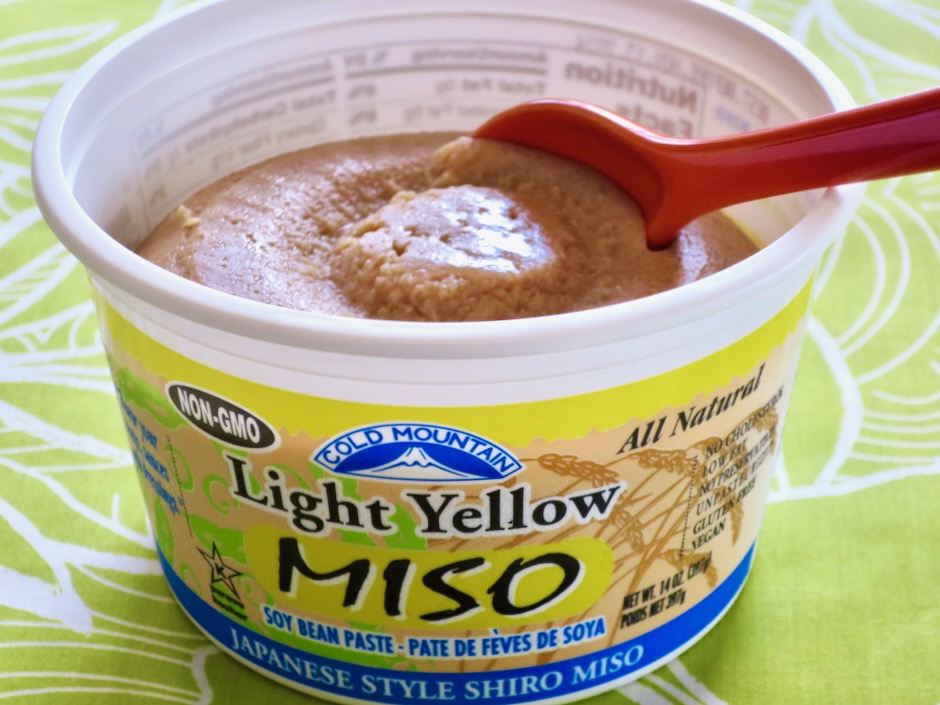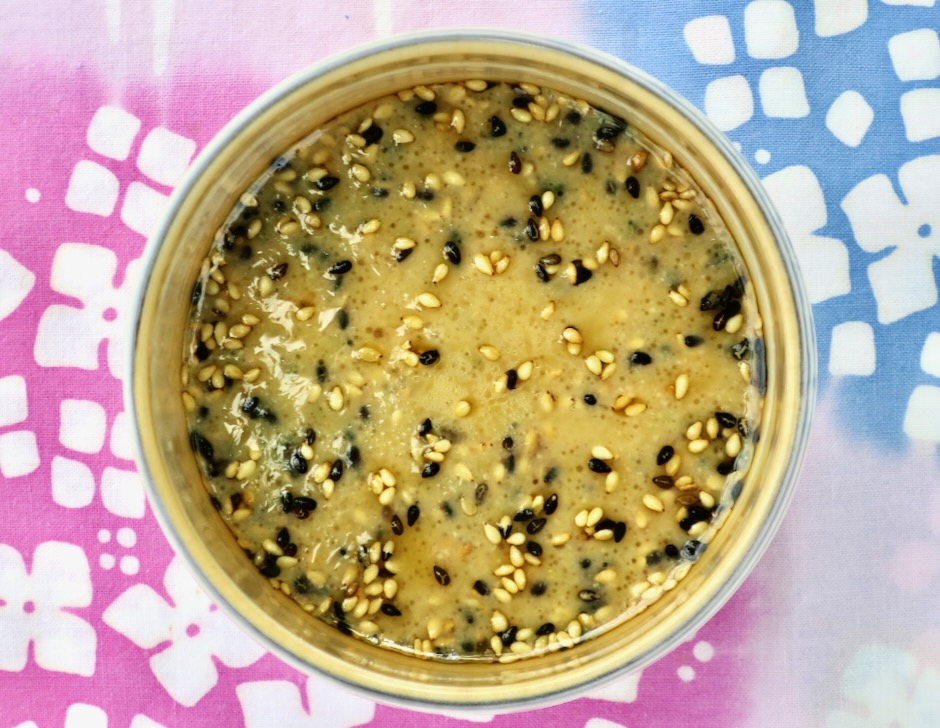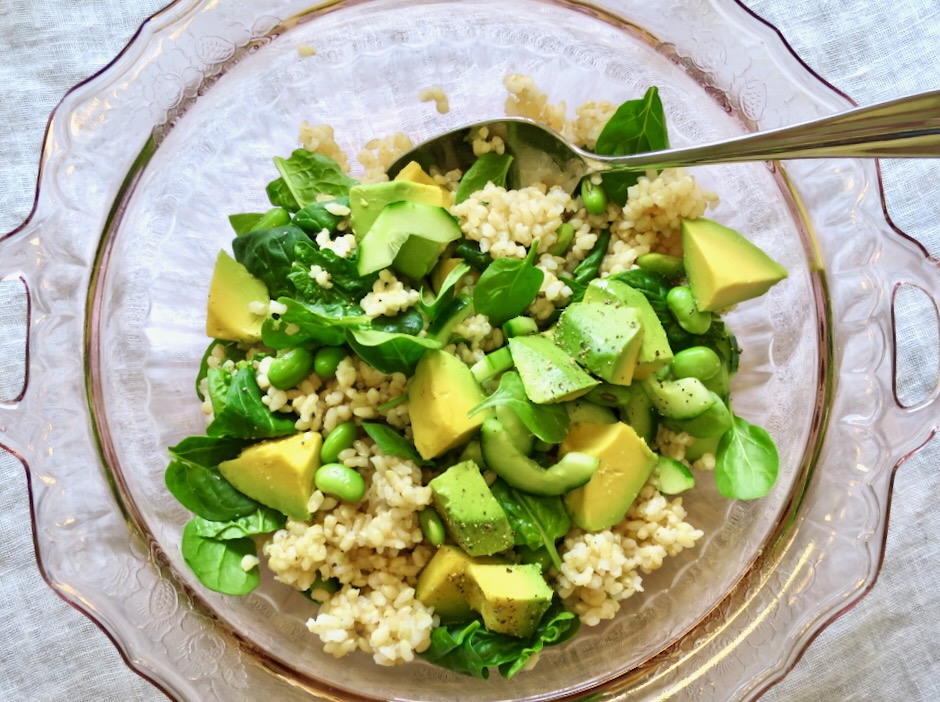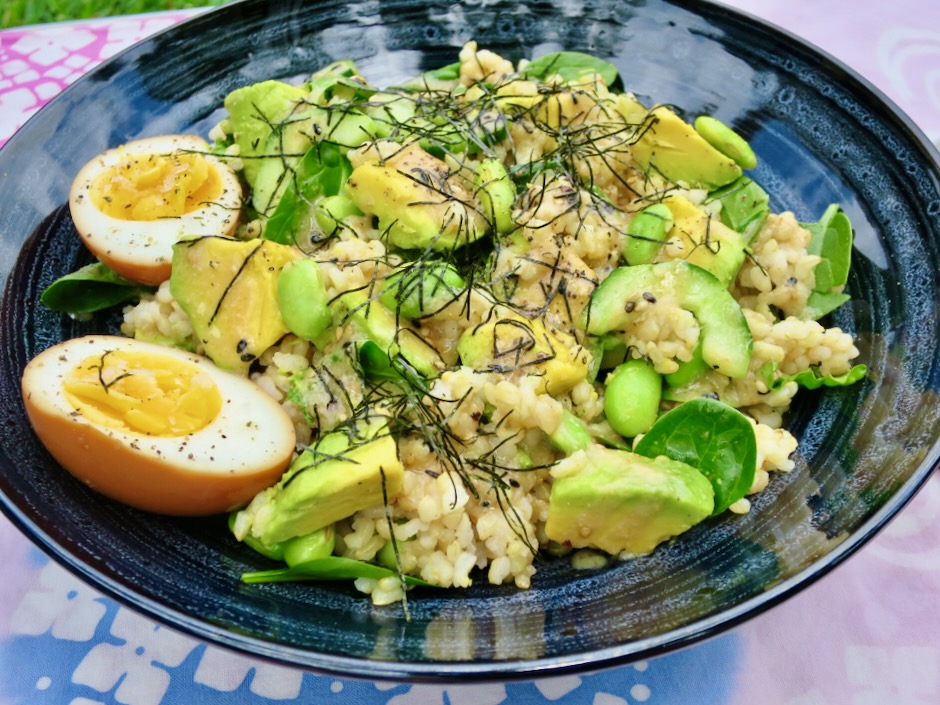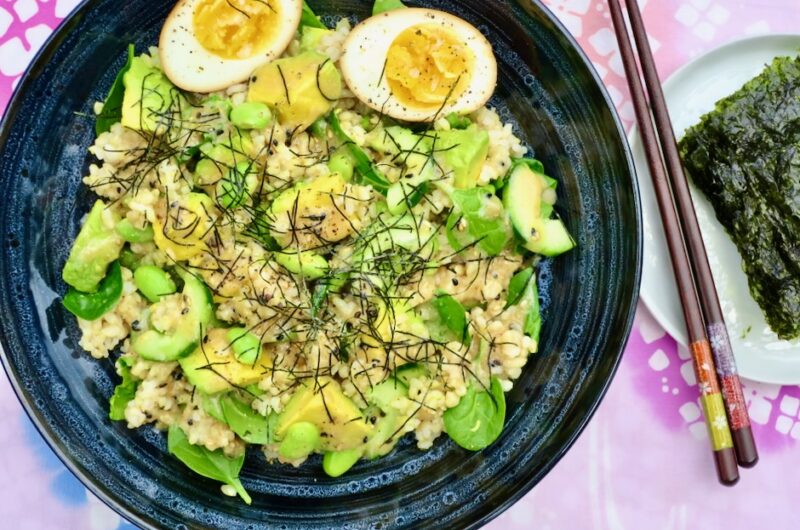Given that rice is one of my favorite foods, I was keen on putting together a dish combining crispy rice and another favorite food: tuna in olive oil. It turned out to be a delectable meal. The crispy bits of rice are extremely satisfying in both texture and flavor. Served with spicy tuna, silky avocado, crunchy cucumbers and spicy chili crunch, it is one of the best and easiest lunch bowls to whip up when you have a yen for something filling and savory.
I usually reserve tuna in olive oil for a Nicoise Salad or Pan Bagnat but I thought I might splurge a bit and used the olive oil version for this dish. Wow! The tuna in olive oil is extra decadent with its melt-in-your-mouth texture and rich flavor. If you have it, go for it.
Shichimi togarashi red pepper mix adds a nice punch of flavor and some heat. I added a few dashes in the spicy tuna mixture but it’s an optional ingredient.
Crisping the rice is simple. A little oil in the pan to encourage easy movement and browning of the rice is all you need. Note that it is best to make the rice in advance so that it has time to firm up. I made my rice the day prior to using it but a 4 hour chill in the refrigerator works too.
Here’s where you can improvise according to your taste. Besides the crispy rice, spicy tuna is my go-to. If you want a vegetarian version, swap the tuna with something well seasoned, such as sesame tofu or soy sauce eggs. A combination of textures creates an interesting dish so use crispy cucumbers or snap peas, velvety avocado slices, and something spicy such as chili crisp, kimchi, or sriracha for a bold kick.
This beautiful crispy rice bowl is packed with umami flavors that make it one of the tastiest meals you can make at home. Serve it with wasabi nori, filling each piece with some of the ingredients before eating it in one bite. Delish!
Crispy Rice & Spicy Tuna Bowl
2
servingsIt’s best to use rice that has been cooked a day in advance and chilled thoroughly.
Ingredients
1 rice cooker cup uncooked Japanese short grain white rice
1 can (5 ounce) tuna in olive oil, drained
1 1/2 tablespoons mayonnaise
2 teaspoons sriracha
1/4 teaspoon shichimi togarashi pepper (optional)
1 teaspoon finely chopped green onions + 1 tablespoon sliced green onions
1 small Japanese cucumber, cubed
1 medium avocado, sliced or cubed
Chili crisp
Sriracha mayonnaise (optional)
Pickled ginger, kimchi, sesame seeds (optional)
Directions
- 4-24 hours in advance: Cook the rice according to rice cooker instructions. Transfer rice to a container or bowl and cool for 20 minutes then cover tightly and refrigerate until well chilled.
- Remove chilled rice from the refrigerator 30 minutes prior to using.
- Combine drained tuna with mayonnaise, sriracha, shichimi togarashi (if using), and 1 teaspoon finely chopped green onions. Set aside.
- Place a medium sized non-stick skillet (9-11 inches) over medium high heat. Add 1 tablespoon canola or other neutral oil to the pan. Once the oil is hot and shimmering, add rice, spreading it out with a spatula. Press down to allow as much contact with the pan as possible. Cook, adjusting heat lower if too high, until rice is golden brown on one side, about 5 minutes. Remove rice to a plate to cool a bit.
- Break up cooled crispy rice into pieces and divide into two low sided bowls. Top with spicy tuna, diced cucumbers, avocado, ginger and kimchi if using. Drizzle chili crisp over some of the rice and tuna. Spoon sriracha mayo over the avocado if using. Sprinkle with sesame seeds and 1 tablespoon reserved green onions. Serve with wasabi nori and extra chili crisp on the side.

